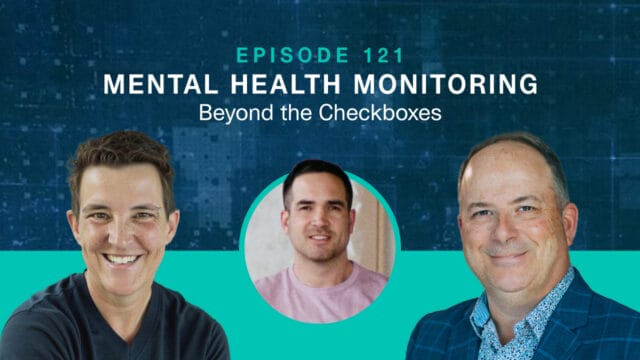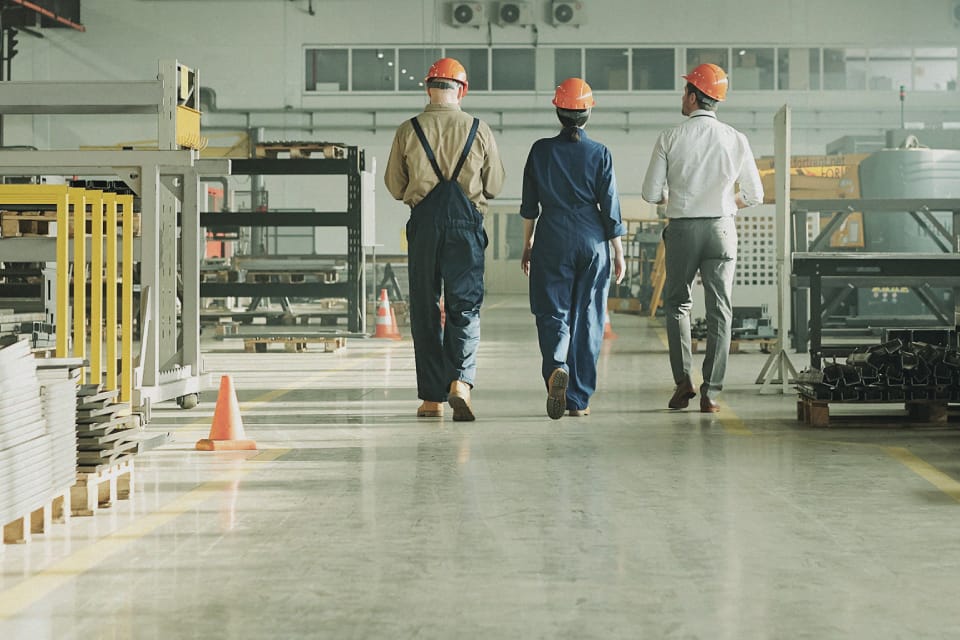
Mental Health Monitoring: Beyond the Checkboxes | Risk Matrix Episode 121
THE RISK MATRIX Cutting-edge podcast on occupational safety and risk management. Hosted by industry titans: JAMES JUNKIN, MS, CSP, MSP,…

Worker safety is paramount in today’s ultra-competitive and fast-moving working environment. However, job sites expose team members to several risks, few more prevalent than a trip hazard.
Slips, trips, and falls are often common occurrences on the worksite and a cause of injury. Employers must recognize, assess, and remove trip hazards from the workplace to lower the risk of workplace injuries and provide an environment that encourages productive work.
This article defines a trip hazard and discusses seven strategies to identify, assess, and remove one.
A trip hazard occurs when a worker’s foot strikes or lands on something dangerous. These hazards include a sunken or elevated walkway, a sudden rise, a slippery surface, and other conditions.
Injuries often occur when workers trip over objects – such as waste, building materials, and equipment – left in designated walkways on the worksite.
The best way to prevent this risk is to support proper cleanliness in busy work and traffic areas, which might include the following steps:
Fall protection involves more than just cleaning up spills from the floor. It also entails paying attention to the surfaces’ standards for walking and working.
Changing the floor area can help ensure safety from trips, slips, and falls. The following suggested practices can help businesses improve the quality of their floors:
Footwear can have a significant impact on preventing falls, and safety teams should consider the following to avoid trip hazards:
Additionally, when management reviews a fall-related injury, they must assess footwear worn at the time, decide if it played a role in the incidence, and require that workers switch to shoes that are right for the responsibilities of their job.
Signage is a valuable warning system for many worksite risks, especially trip hazards. There are two sign types safety teams can use to prevent falls:
Workers need to be able to see their surroundings to avoid slips, trips, and falls, and poor lighting on job sites makes that problematic. Safety teams can help make work sites more visible through the following strategies:
Educating workers on finding and preventing a trip hazard will help keep them safe, and safety teams should provide them with detailed instructions on the conditions they’ll work in and the dangers they’ll encounter.
Furthermore, management should conduct regular safety meetings or presentations, which are a terrific way to update the team on newly implemented safety measures or to remind them about seasonal concerns.
All efforts to promote fall prevention, especially in high-risk workplaces, are solidified by a well-thought-out safety strategy, which might include the following steps:
Along with these recommendations, safety officers, onsite workers, and authorized staff can hold frequent toolbox discussions about trip hazards. These safety lectures can increase team members’ awareness and highlight the risks involved with their jobs, giving them better protection against accidents caused by slips, trips, and falls.
In the workplace, trip hazards are relatively common and, unfortunately, can cause severe injuries. Management must do its best to identify and eliminate potential risks to ensure workers perform their duties safely by considering the abovementioned strategies.
The best employees want to work on the job sites of companies that put safety first, and those employers who take these proactive steps to remove hazards demonstrate their concern for workers, contribute to developing a culture of safety that helps everyone involved, and attract better talent.
Consider partnering with us to tailor a solution that helps you create a safer workplace for your workers, customers, and visitors.
Contact us today to learn more.


THE RISK MATRIX Cutting-edge podcast on occupational safety and risk management. Hosted by industry titans: JAMES JUNKIN, MS, CSP, MSP,…
We’ll send you practical and insightful supply chain risk management info that can benefit your business. Plus, important company updates that keep you in the loop.
